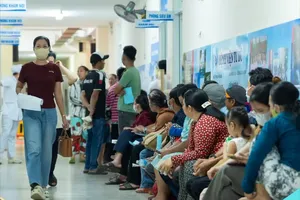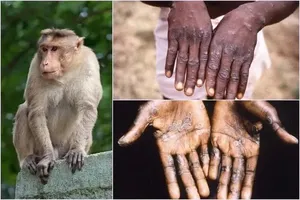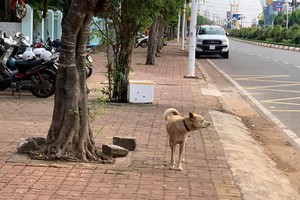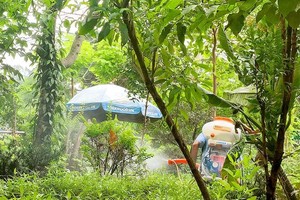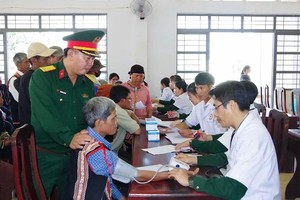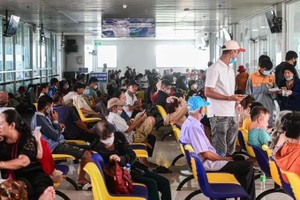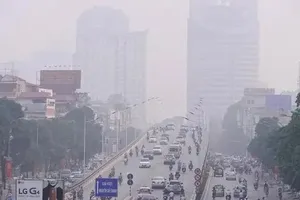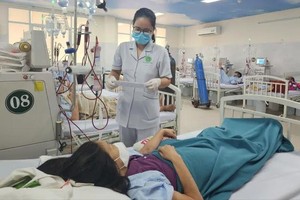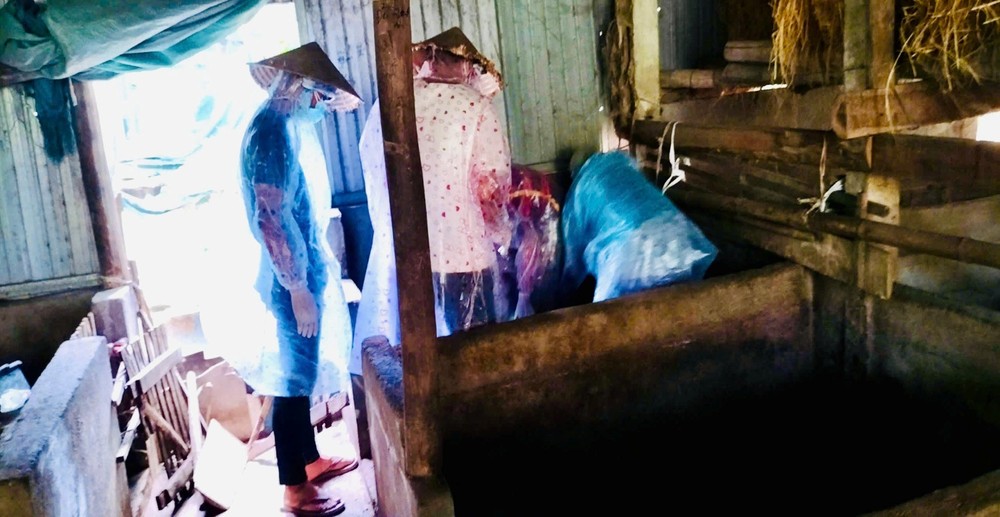
The African swine fever (ASF) outbreak is spreading rapidly in Son Tinh Commune, Quang Ngai Province, prompting local authorities to request urgent support from veterinary officers. The Son Tinh Commune People’s Committee submitted an official request to the provincial Department of Agriculture and Environment, calling for veterinary specialists to assist in containing the outbreak on July 11. In response, the provincial Sub-Department of Livestock Production and Animal Health has been tasked with strengthening quarantine efforts, monitoring slaughtering activities, and conducting timely testing and disease surveillance.
According to local officials, the outbreak began on July 4, when a pig belonging to Nguyen Thi Kim Q., a resident of Binh Tho Hamlet, died and tested positive for the ASF virus. The situation has since escalated, with infections spreading across 11 hamlets, affecting 100 pigs owned by 23 households.
In an effort to curb the outbreak and minimize economic losses for farmers, Son Tinh Commune Chairman Dang Xuan Trung issued a notice urging pig farmers to limit access to pigsties, sanitize enclosures and feeding troughs, and carry out regular disinfection procedures.
Pig carcasses dumped in waterways, threatening public health
Meanwhile, in Gia Lai Province, disturbing scenes have been reported along Van Phong Canal, which runs through Binh Hiep and Binh An communes. For days, large numbers of pig carcasses have been seen floating in the water, dumped indiscriminately by unknown individuals. The decomposing bodies are polluting the water and raising serious public health concerns.
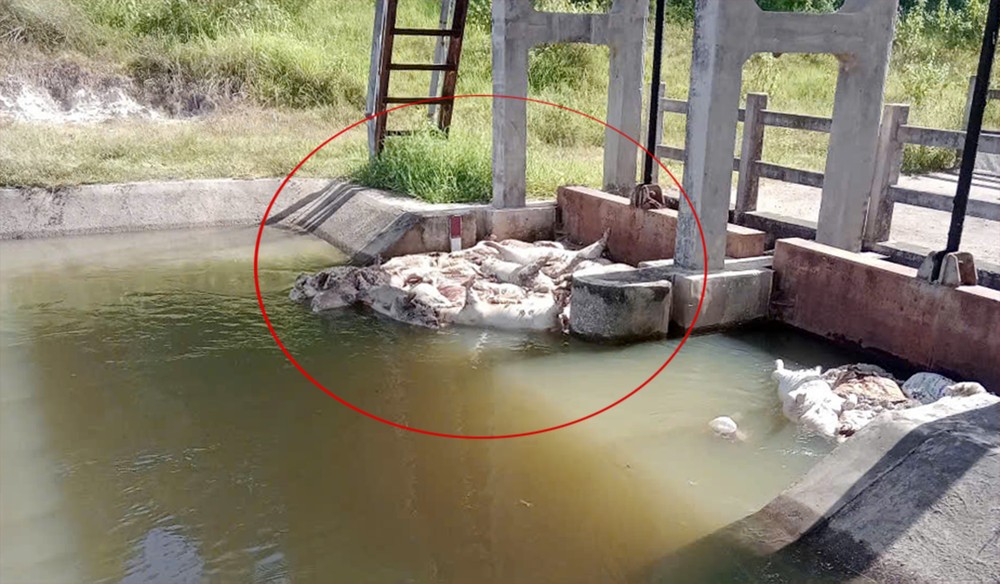
Reports from the scene indicate that several large pig carcasses had been thrown directly into the canal. At key junctions where main and branch canals intersect, carcasses have accumulated in piles—many of them bloated, decomposed, and emitting a strong stench.
Mr. Nguyen Van Luong, Director of No.5 Irrigation Enterprise under Binh Dinh Irrigation Works Operation Limited Company, which manages Van Phong Canal, said the dumping began in late June and peaked in early July. “We have been mobilizing workers every night to retrieve the carcasses to prevent blockages in the irrigation system,” he stated. “However, the sheer volume of dead pigs being dumped has made cleanup extremely difficult.”
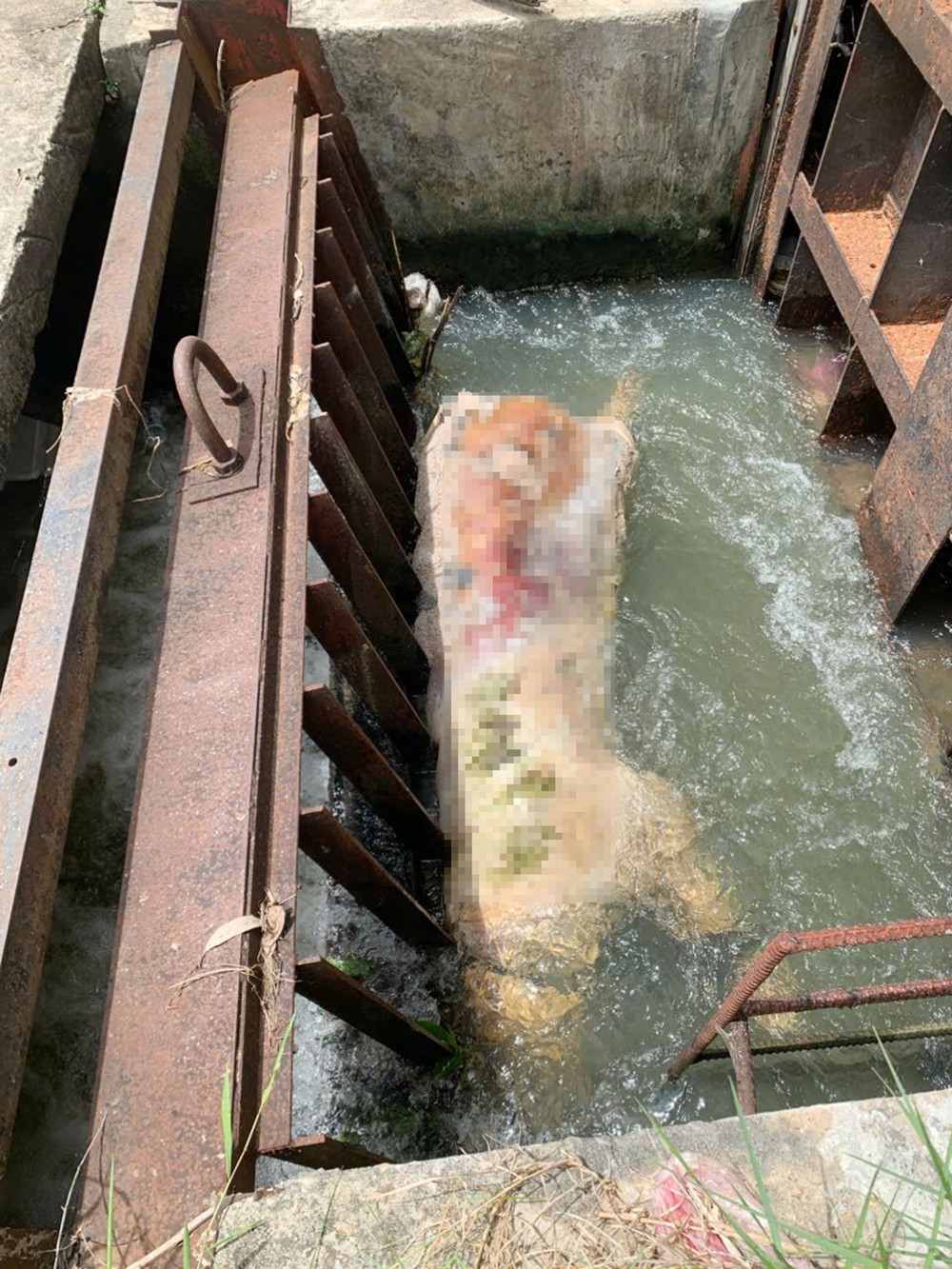
The company has formally requested the local governments of Binh Hiep and Binh An communes to enhance patrols, enforce penalties, and raise public awareness about the dangers of illegally dumping animal carcasses. However, the situation remains unresolved, with violations continuing.
Speaking to the press, Mr. Le Ha An, Chairman of the Binh Hiep Commune People’s Committee, explained that the dumping typically occurs at night. The commune has deployed nighttime patrols and prepared two designated burial sites to encourage residents to dispose of dead pigs properly and reduce the risk of disease transmission.
“Since late May and early June 2025, some local farms have imported pigs from other provinces, triggering disease outbreaks,” Mr. Le Ha An noted. “Due to ongoing administrative restructuring at the commune and provincial levels, veterinary forces were unable to respond in time, leading to gaps in disease prevention efforts.”
In neighboring Binh An Commune, Chairman Mai Xuan Hau said the commune had implemented several measures to collect and bury pig carcasses while urging the public not to dump animal remains into waterways. However, clandestine dumping has continued.
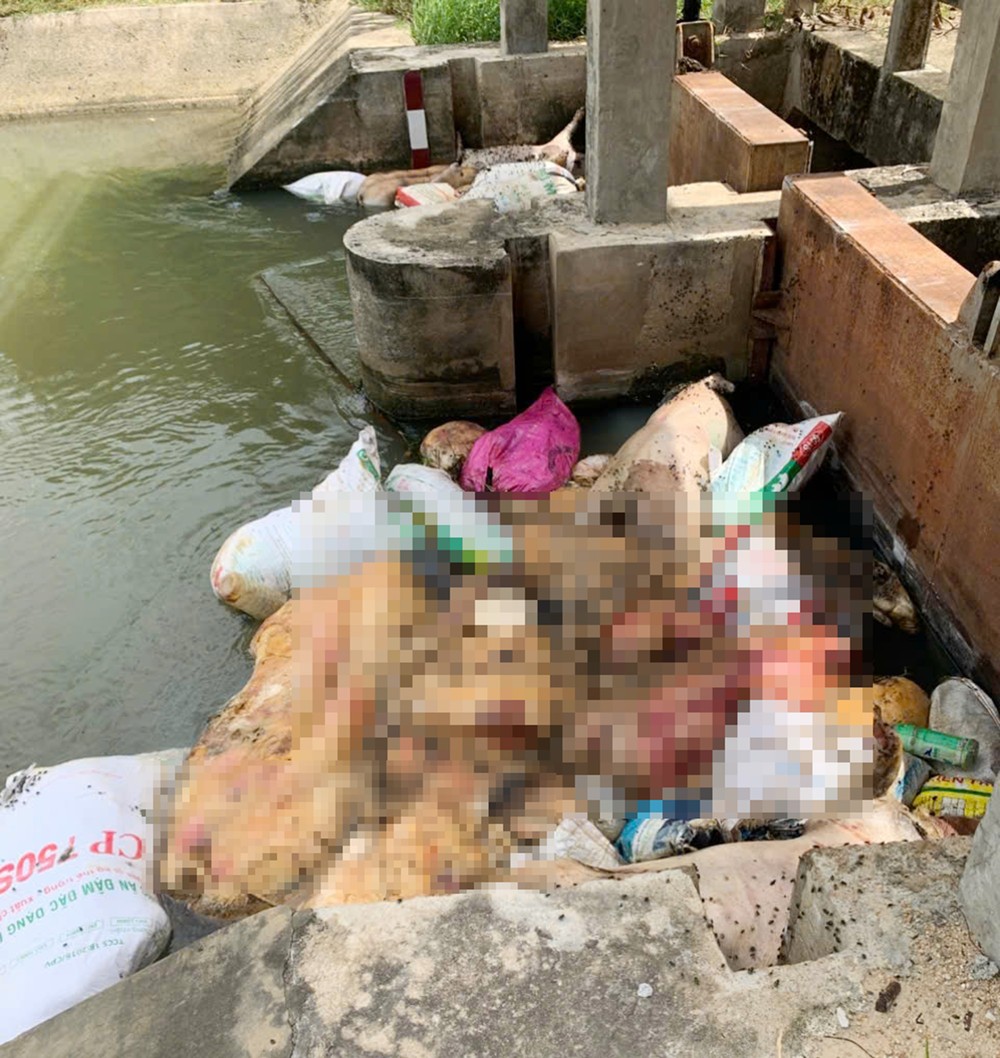
In a statement to the media, Mr. Cao Thanh Thuong, Director of the Gia Lai Department of Agriculture and Environment, confirmed that a task force would be dispatched on the afternoon of July 11 to conduct on-site inspections and develop a comprehensive action plan to resolve the pollution crisis.
Mr. Cao Thanh Thuong acknowledged that ASF outbreaks had been sporadically reported across residential areas, noting that in several instances, poor public awareness led farmers to dump dead pigs into rivers and canals. “This afternoon, we will direct local forces to conduct inspections and determine a proper response,” he said. “As for the outbreak itself, we will carry out a thorough review and, if conditions are met, propose to the provincial People’s Committee that the disease be formally declared.”
Tighter control over ASF in Gia Lai
According to the Gia Lai Sub-Department of Livestock Production and Animal Health, authorities are intensifying efforts to control the spread of African swine fever across the province. The first confirmed outbreak was reported in late June 2025 at the farm of Ng.D.Th. in Hao Duc Hamlet, An Nhon Dong Ward. Following the detection, authorities conducted testing and immediately culled 202 pigs, with a total weight of 20.5 tons, to prevent further spread of the disease.


